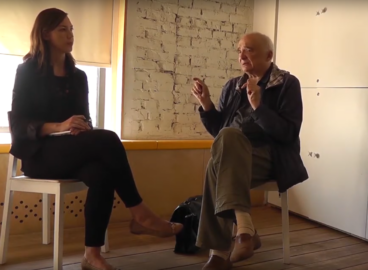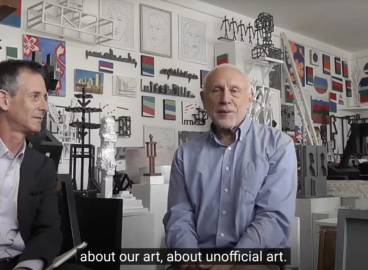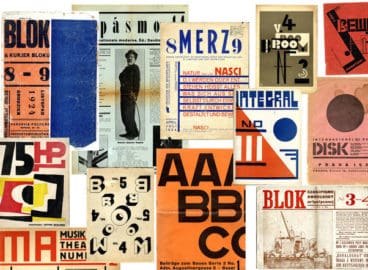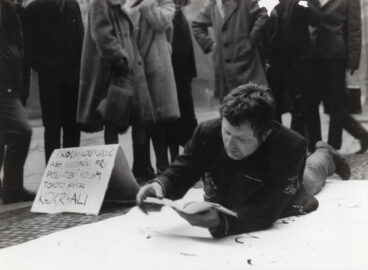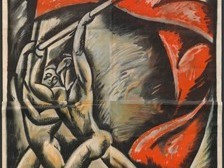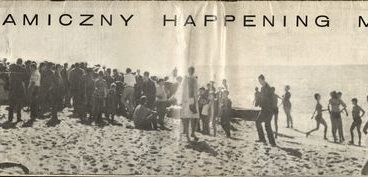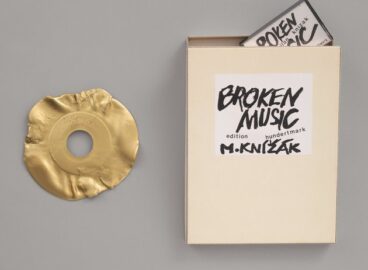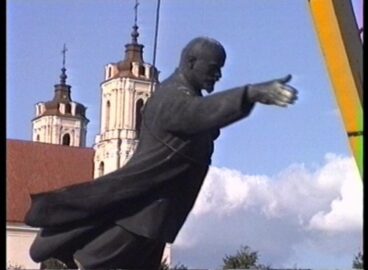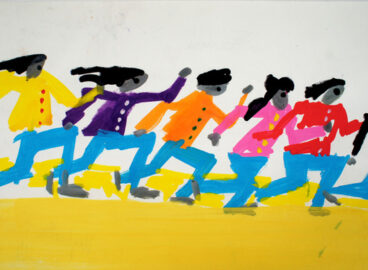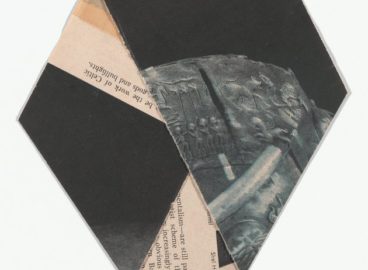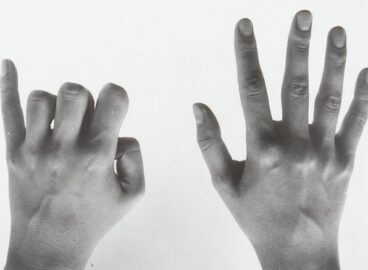Olga Chernysheva in Conversation with Roxana Marcoci
In this video, Roxana Marcoci, Senior Curator in the Department of Photography, interviews artist Olga Chernysheva at the Garage Museum of Contemporary Art in Moscow during the C-MAP Central and Eastern European group trip in June 2015. Olga Chernysehva is a mid-career artist based in Moscow who works across media. Born in the Soviet Union…

